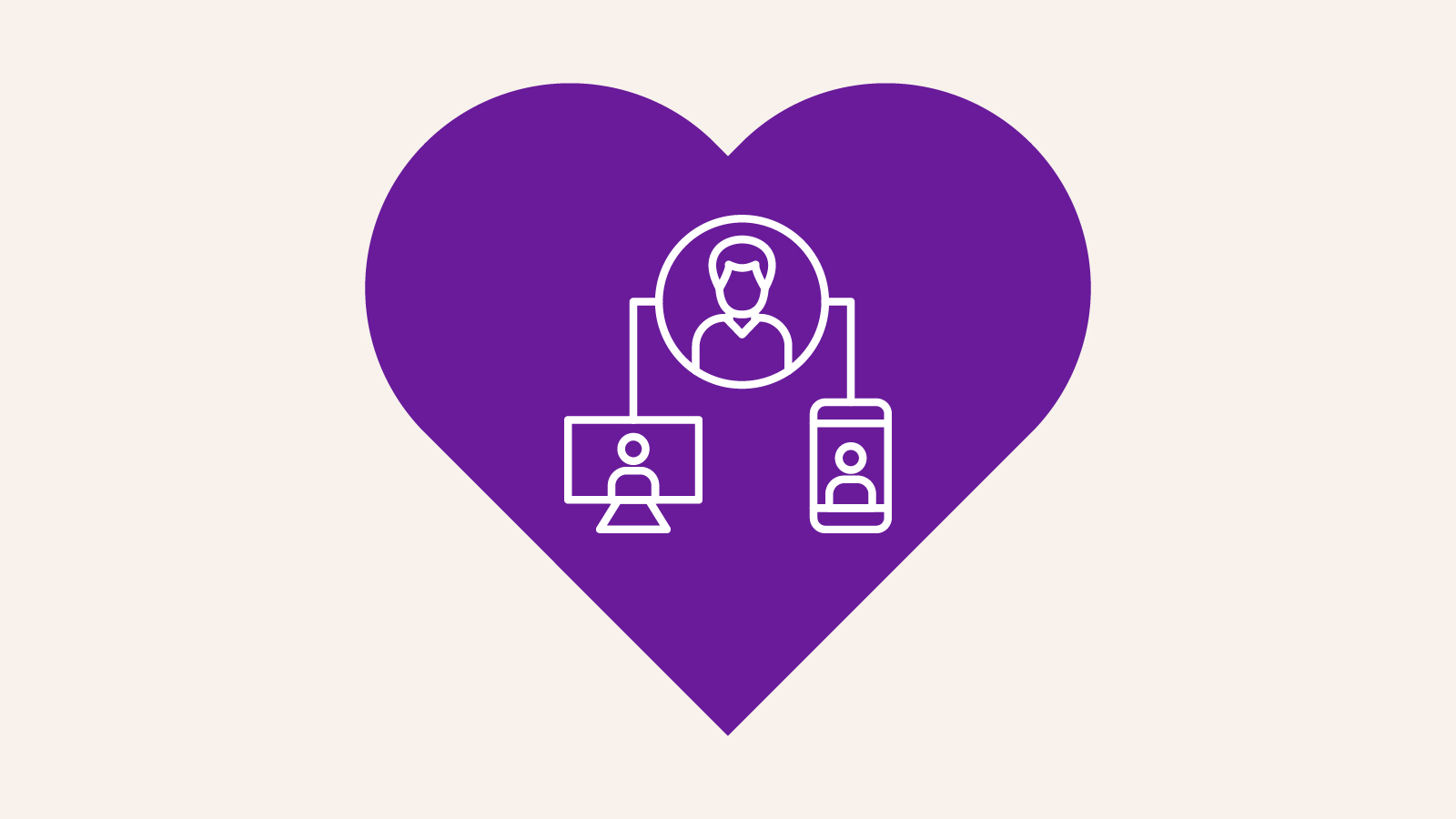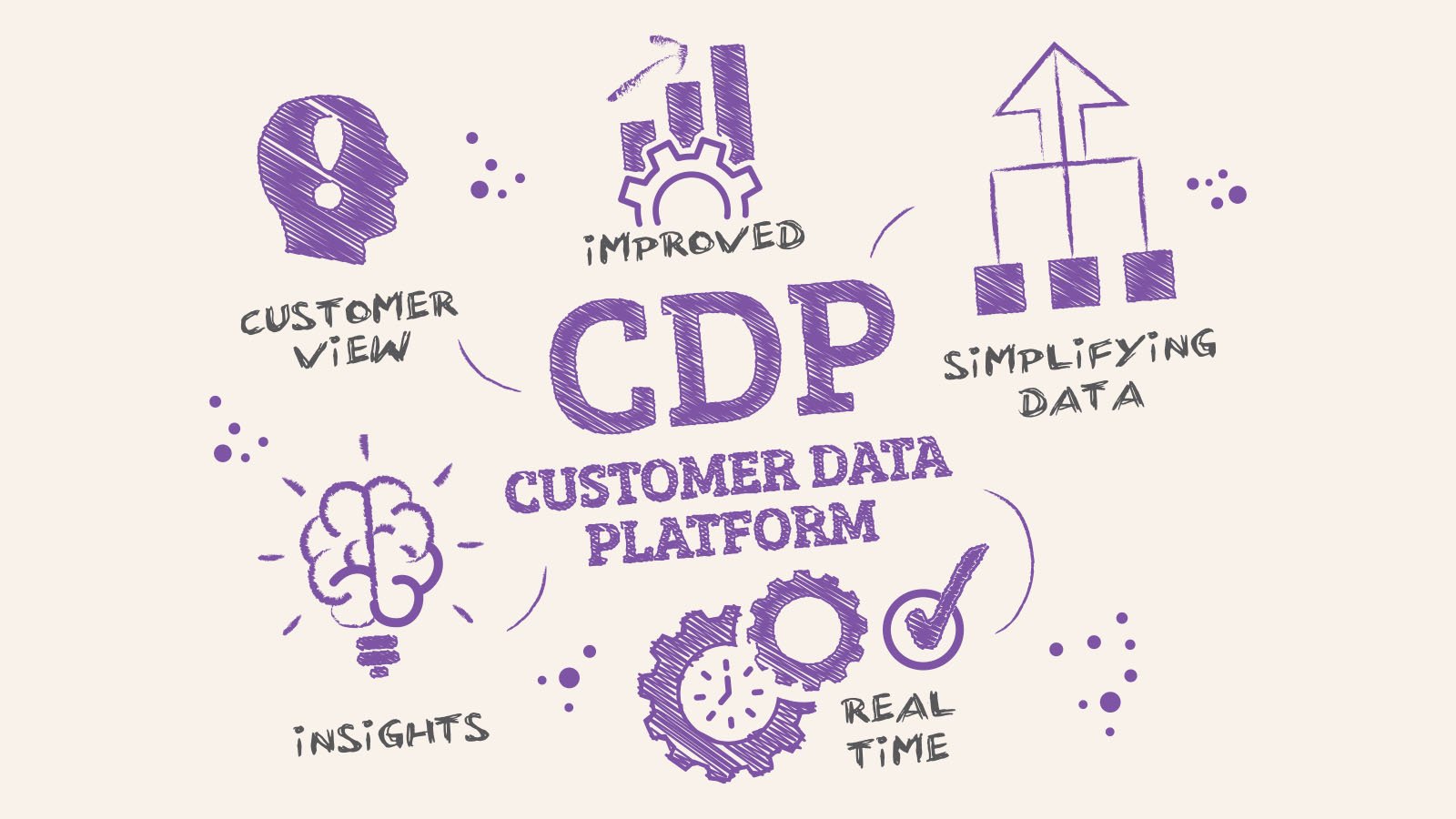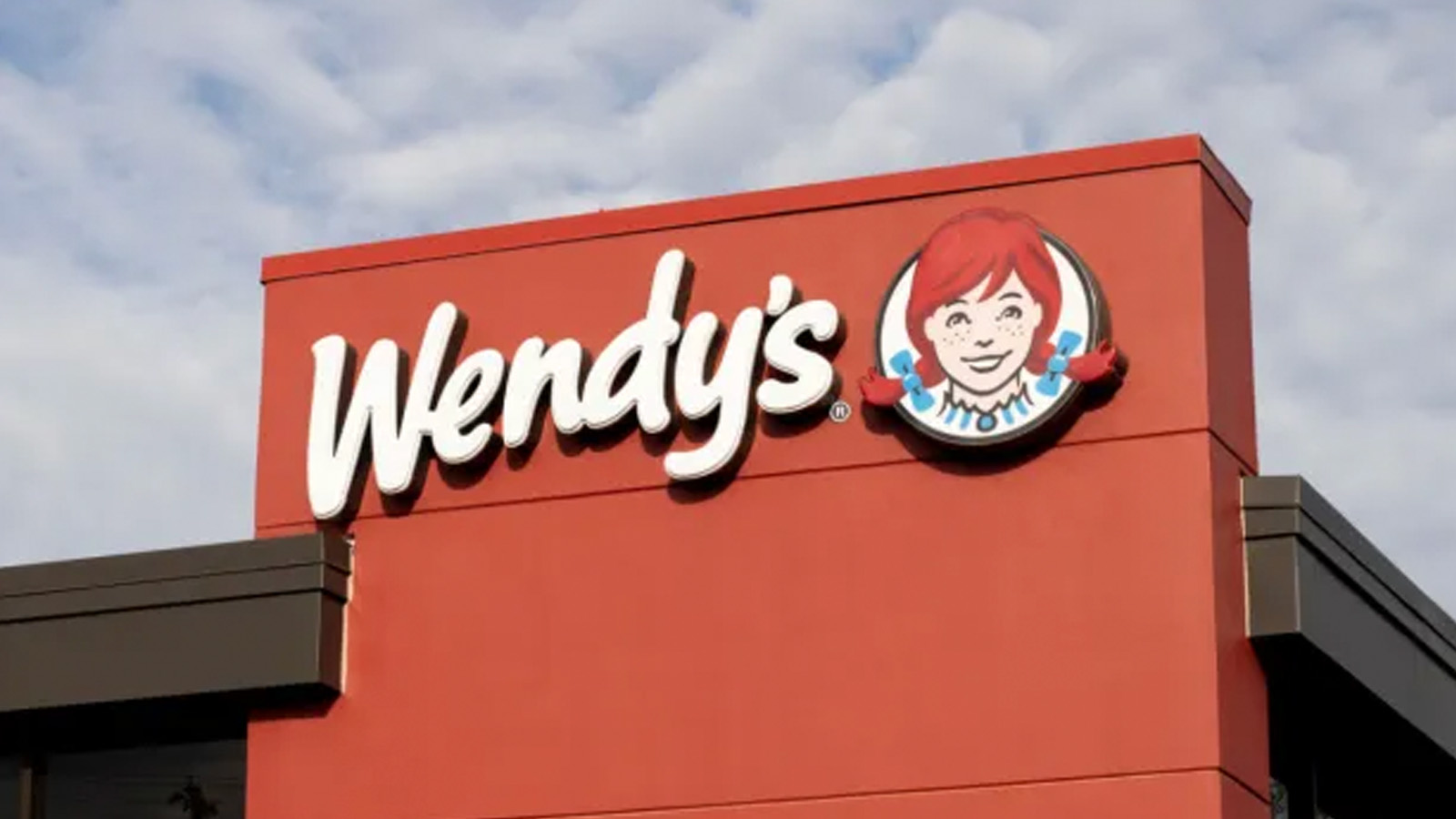2 min read
Elevating Personalized Experiences with CDPs and Loyalty Platforms
Discover how integrating Customer Data Platforms and loyalty platforms elevates personalized customer experiences with real-time rewards & engagements.
Get the latest insights, research and news delivered straight to your inbox.
Plus, enter to win the 2nd edition of Omnichannel Retail by Tim Mason & Sarah Jarvis!
No spam. We promise. 💜
How ASDA leveraged Eagle Eye's market-leading loyalty platform and expertise to launch 'ASDA Rewards', deployed just 3 months after project kick-off.
Contact us to find out how we can enable your teams on our platform.


Businesses are constantly seeking ways to deepen their understanding of customers so that they can use this knowledge to deliver engaging, personalized experiences. One powerful tool that has emerged to meet this need is the Customer Data Platform (CDP), especially when working alongside a Loyalty Platform. But what exactly is a CDP, and how can they enhance a businesses' customer loyalty offering?
The CDP category is broad, but most commonly, CDPs are deployed by organizations to serve as a centralized system that collects, organizes, and analyzes customer data from multiple touchpoints, such as websites, stores, mobile apps, CRM systems, and more. Ordinarily, their primary function is to create a unified view of each customer, allowing businesses to understand their behavior, preferences, and interactions across channels.
Typical functionality of a CDP can be grouped into the following pillars, but capability varies by vendor;

While CDPs offer powerful capabilities for enhancing loyalty platforms, there are also challenges to consider. Integrating CDPs with existing systems and workflows can be complex, requiring careful planning and coordination. But don’t worry, we have a blog coming out soon with top tips when integrating to a CDP. Additionally, ensuring data privacy and compliance is essential when working with sensitive customer information.
In summary, loyalty platforms and CDPs often work hand in hand, enabling businesses to gain comprehensive insights into their customers. This new understanding, combined with the dual execution capabilities of these tools, empowers businesses to deliver highly personalized experiences to create more meaningful interactions to ultimately drive increased customer loyalty and revenue.
Beyond unifying data, combining CDP insights with a tiered loyalty program design ensures each tier's members receive personalized offers that drive deeper engagement and value.
Contact us today to begin creating personalized customer experiences.

Senior Product Manager
Get the latest insights, research, and news delivered straight to your inbox.
Plus, enter to win the 2nd edition of Omnichannel Retail by Tim Mason & Sarah Jarvis!
No spam. We promise. 💜

2 min read
Discover how integrating Customer Data Platforms and loyalty platforms elevates personalized customer experiences with real-time rewards & engagements.

1 min read
Wendy's debuts an AI-powered loyalty platform using EagleAI to personalize customer rewards and drive deeper engagement across its global network.

1 min read
Tesco’s latest Clubcard Challenges campaign offers customers up to £50 in loyalty points, further personalizing rewards and boosting program engagement.